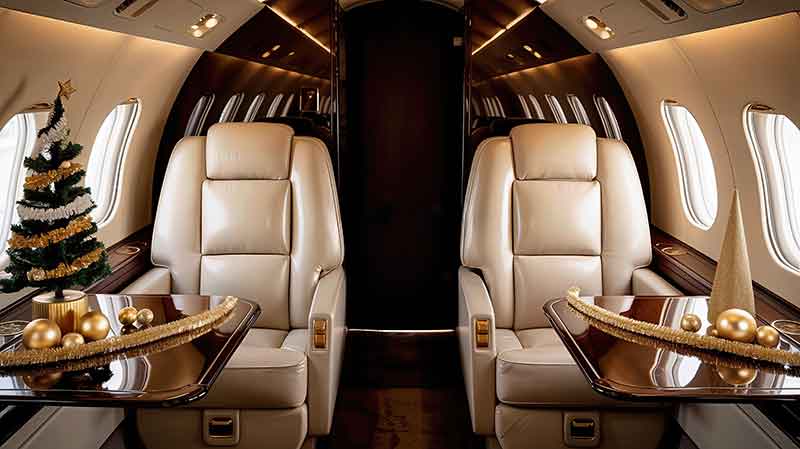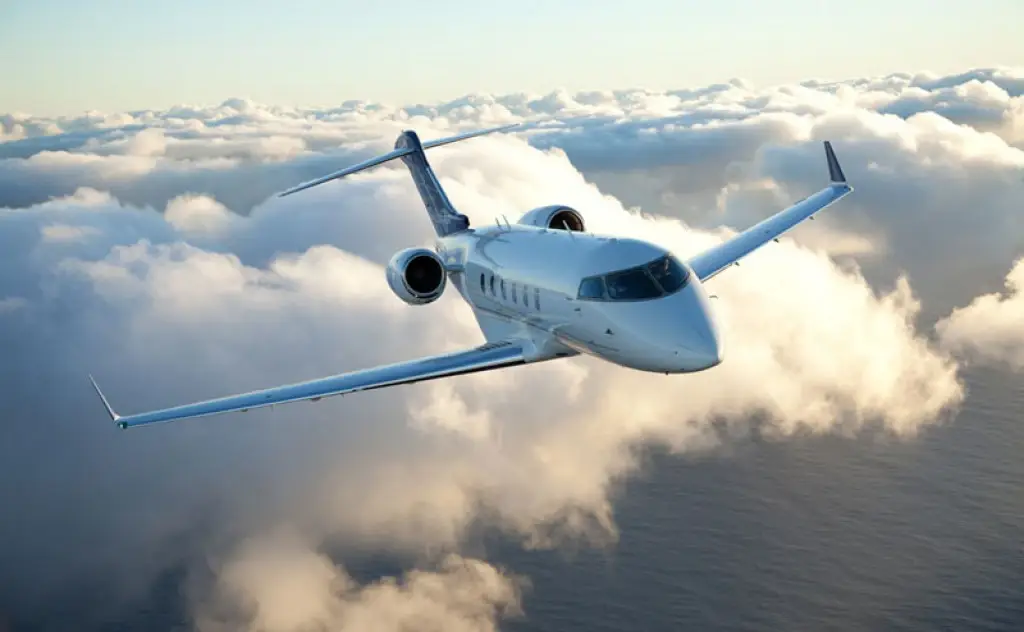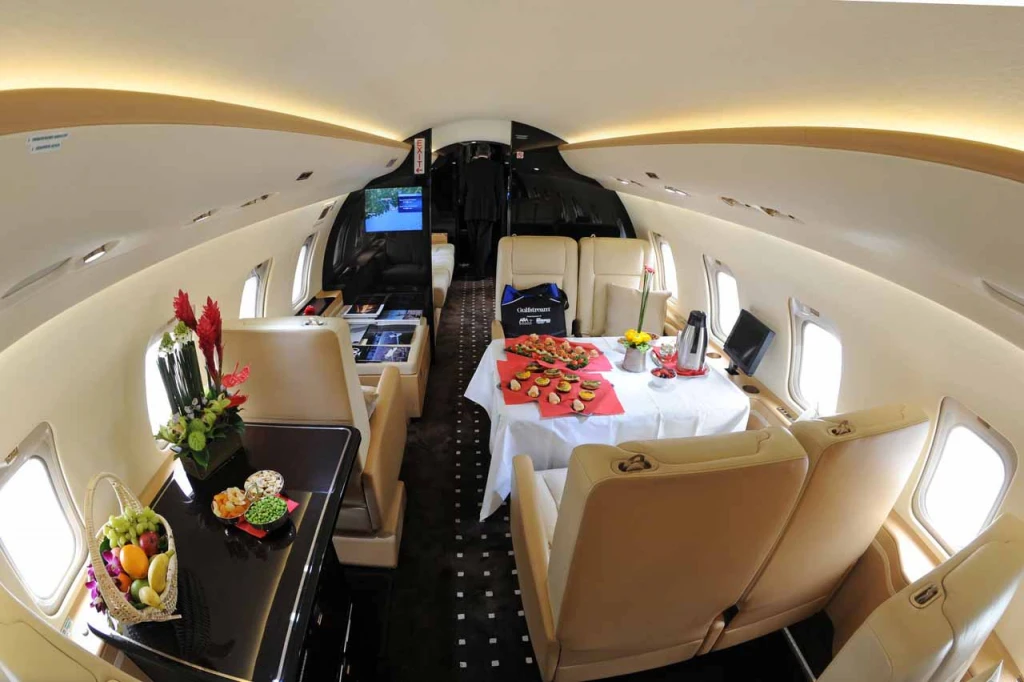We break down the differences between the G650 and Falcon 7X to see which offers the best value in the Super Premium Large category of private jets.
The Golfstream G650 vs the Falcon 7x
When Dassault and Gulfstream were developing the next prototype of business jets to fulfil their customers’ needs, they realized that they needed an aircraft that was capable of flying faster and longer, while still having the ability to operate into some of the smallest airports. Both Gulfstream and Dassault accomplished these goals and exceeded their clients’ expectations. We’ll break down the differences between the two jets to see which offers the best value in the Super Premium Large category of private jets.
Let's compare Cabins
Let’s first examine the interior of both aircraft. The G650 has an interior cabin height of six and a half feet, an extra 4 inches taller the Falcon 7X, is one foot wider, and seven feet longer than the 7X. Based on interior space, the clear advantage is the G650. The G650 also boasts an additional 40 cubic feet of cargo space allowing clients the ability to carry a few more bags than on the 7X.

Gulfstream G650 is an impressive business jet that has redefined personal comfort and luxury. The cabin of the G650 is equipped with the Gulfstream Cabin Management System or GCMS. The GCMS allows passengers to control lights and temperature, all from the convenience of their own smartphone. The onboard refrigerator also has its own internet IP address and can alert staff at the FBO when it’s running low on supplies.
The cabin of the Falcon 7X is very similar to its Falcon 900 and 2000 predecessors. It is about seven feet longer than the Falcon 900 allowing space for three separate seating areas, a crew rest area and lavatory, a forward galley, and separate lavatory in the rear. One of the best advantages is access to the aft baggage compartment in flight, meaning there is no need to wait until landing to access personal items from your checked baggage.
On some select new models, Dassault is providing a shower option that can be integrated into the rear of the cabin and can be used in flight or on the ground for up to thirty minutes of hot water. The Cabin Falcon HD+ entertainment system has high definition foldaway screens allowing access to music and video on demand. Similar to the G650, control of the temperature and lighting can be accomplished through a smartphone or tablet.

Performance
While the interior amenities are important, performance is equally important, as it’s what sets aircraft apart from their competition. The G650 has a cruise Mach speed of 0.85-0.90, with a maximum speed of Mach 0.925 and a range of 7,000 nm. The Falcon 7X cruises between 0.8-0.85 Mach, up to a maximum of 0.90 Mach. The 7X has a range of 5,950 nautical miles thanks to the addition of winglets allowing for greater aerodynamic fuel savings which is a 250 nautical mile advantage over previous models.
Both aircraft are capable of reaching altitudes of 51,000 feet, which is well above the tops of most weather and commercial air traffic, allowing for more direct flights without the need to deviate for weather or traffic. Even at the typical cruise altitude of 45,000 feet, the Falcon 7X’s and G650 cabin altitudes are close to 4,000 each. This lower cabin altitude allows the body to work less on pumping blood and reduces fatigue upon arrival.
Takeoff and landing distance in both aircraft are equally impressive as well. The Falcon 7X can take off with as little as 5,500 feet of runway, and stop within 2,000 feet. The G650 requires only a few hundred feet more of takeoff runway length and can stop within 3,000 feet. The extra distance is due to the G650’s higher weight than the 7X. Although Gulfstream has a heavier aircraft, the maximum takeoff weight is less than 100,000 lbs, an important cutoff for many business aviation airports, including Teterboro. The match in performance is close, but the edge goes to Gulfstream in this category. Despite requiring a slightly longer runway for operating, the faster cruising speed and longer range win out in this category.

The exterior
When comparing the two aircraft’s aerodynamic advances, both jets set the standard for their respective manufacturers. Both aircraft are fly-by-wire, meaning the flights are smooth and stable even in the worst weather conditions. The wings on both are long and flexible helping to dampen turbulence. The autopilot system automatically corrects for any wind gusts with ease, keeping the aircraft on its intended flight path.
The G650 is mostly metal construction with composite materials making up the empennage, winglets, and engine cowlings. Bonded skins on the aircraft allow for larger, more comfortable seating areas, and a stronger structure capable of withstanding higher pressure values. The 650 has a wing sweep of 36 degrees compared to 34.5 degrees on the Falcon 7X. The greater wing sweep in both of these aircraft helps reduce drag at high-speed cruise allowing for greater efficiency.

Engine power
The Falcon 7X’s third engine also offers a distinct advantage that the G650 can’t match. With this extra engine, there is only a loss of 1/3 the thrust on takeoff should an engine failure occur, instead of half the thrust that would be lost on the Gulfstream. The third engine also offers an aerodynamic edge by acting as if the fuselage is longer, further reducing drag and fuel consumption. This performance is part of the reason why the Falcon can operate into slightly shorter runways than the G650.
As you can see, both of these aircraft offer the most state of the art advantages for their respective brands. With an average wholesale charter price of $9,200/hour of flight time for both aircraft, Dassault and Gulfstream have only a slight edge on each other in the various categories. Our pick is the G650 based on speed, distance, and interior cabin dimensions allowing the greatest room in its category.
Photos copyright: https://www.gulfstream.com and http://www.dassaultfalcon.com/








